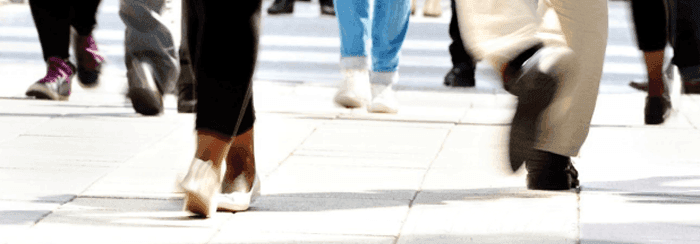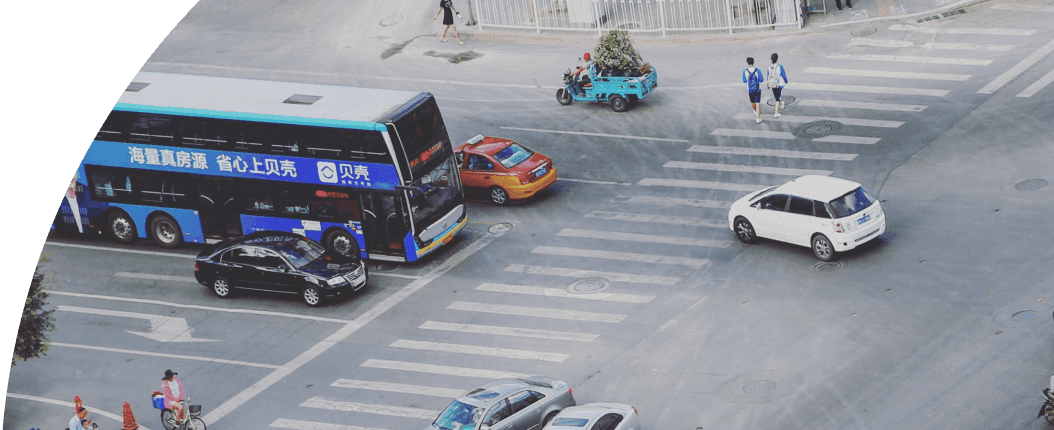
News
By Smart Growth America, July 21, 2016
Last month we released Foot Traffic Ahead 2016, new research from our LOCUS program in conjunction with the Center for Real Estate and Urban Analysis at The George Washington University’s School of Business that looks at walkable urban development in the nation’s largest metro areas.
The report examined 619 regionally significant walkable urban places—or WalkUPs—in the country’s 30 largest metro areas, and ranked which metros are making the most of their current development, which are positioned to be most walkable in the future, and which rank best for social equity.
Since the release we’ve received many requests for the full list of WalkUP neighborhoods. Today, we’re pleased to release the full list of WalkUPs analyzed in the report.
As a reminder, the 30 largest metro areas in the United States (and the regions we analyzed as part of the report) are:
|
|
|
|
And without further ado, here is the full list of WalkUP neighborhoods in each of those metro areas.
How WalkUPs were identified
WalkUPs are defined as having the following characteristics: 1.4 million square feet or more of office space and/or 340,000 square feet or more of retail space, as well as a Walk Score value of 70 or greater at the most walkable intersection. Further refinement of these places was aided by place management organization boundaries (business improvement districts, official government districts, etc.) and a ground truthing survey of local experts in real estate.
Once the WalkUPs were identified, we analyzed several metrics to determine each metro area’s ranking. We looked at the percentage of occupied square footage of office, retail, and multifamily rental space in each WalkUP, as well as the change in WalkUP market share of a metro area’s total inventory of office and multi-family rentals from 2010 to 2015. Social Equity rankings were determined by the Housing & Transportation (H+T)® Affordability Index as well as the Center for Neighborhood Technology’s Employment Access Index.
As we discuss in the report, homes and offices in WalkUP neighborhoods command a substantial rental premium—74 percent—over drivable sub-urban development. Yet WalkUPs occupy a very small portion of total land in each of these metro areas. These facts combined suggest that there is strong pent-up demand for walkable real estate as well as significant opportunity for cities to create more of this type of development.
Download the full version of Foot Traffic Ahead 2016 to see our complete methodology and the complete list of metro area rankings.
Related News

© 2025 Smart Growth America. All rights reserved
Site By3Lane Marketing








